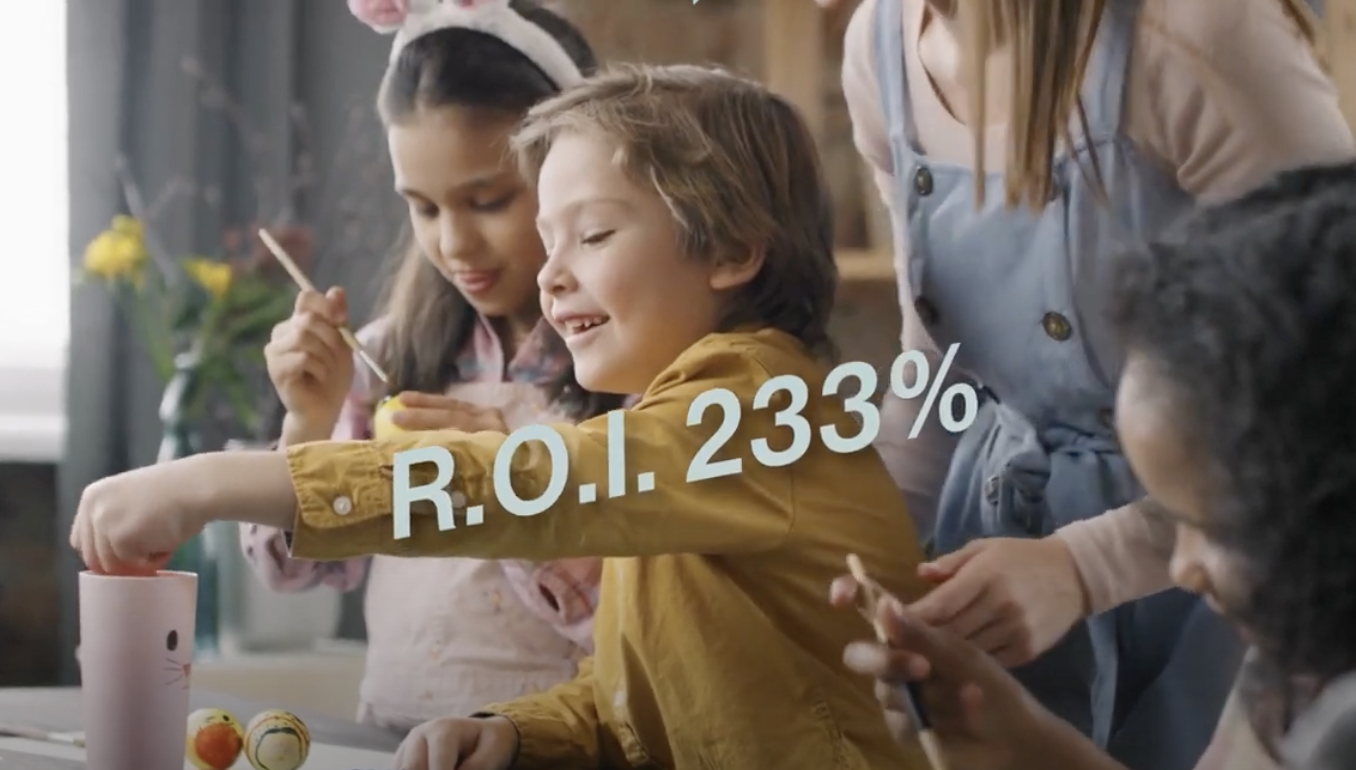Influencer marketing experienced a meteoric rise in 2018. A national study found that 70 percent of consumers prefer non-celebrity endorsements to celebrity, demonstrating a clear paradigm shift in the marketing landscape. More than ever, brands are realizing the value of word-of-mouth marketing and peer-to-peer endorsements.
However, with increased popularity comes increased scrutiny. As the influencer marketing landscape continues to evolve, it’s important for brands to assess their current strategies, take note of directional changes and optimize their campaigns to meet shifting business needs and deliver measurable ROI.
In 2018, we saw quite a few fleeting trends: micro influencer programs, high-production IGTV programming and using reach as the primary benchmark for success. However, there are several trends that will prevail as we collectively make our way through 2019…

Influencer Transparency:
As audiences become privy to the ins and outs of influencer marketing, influencers are becoming more transparent with their followers. Leading up to 2018, there was a lack of understanding surrounding the influencer industry. People followed influencers because they liked their style, could get quick recommendations, and felt as though they related to them in some way. With the FTC keeping a closer eye on disclosures, tags like #ad and #sponsored have become commonplace in social media feeds, causing followers to ask questions. “What does this mean?” “Do you even like the product?” “Are you being paid?” As audiences become savvier, the FTC becomes stricter and branding becomes more native, clear partnership disclosures become even more critical.
In addition to an increased interest in sponsored content, we are also seeing more audiences interested in the “behind-the-scenes” of influencer marketing. “How do you make money?” “Is this your full-time job?” “How are you partnering with brands and why?” “What is your creative process?” And influencers are not hesitating to answer, using less precious “real-estate,” like Instagram Stories or Snapchat, to give a peek behind their personal brands and carefully curated content.
It’s this transparency that’s helping them to gain trust in troves – creating loyal audiences, making the influencer even more valuable to brands.
Authenticity and Long-Term Partnerships:
Audiences follow influencers because the content resonates with them, and there is usually a connection on a personal level. Followers look up to influencers for advice on everything – from recipes to clothing, beauty products, movie recommendations, and so much more. Once these users hit the follow button they are followers, but to keep a loyal and dedicated audience the Influencer must continue to produce content that is authentic to their personal brand. So, how do their followers feel when their favorite influencer is being paid to post about products and services? Should they still trust the influencer’s recommendation, or is this just a ploy for the Influencer to make money?
To combat these looming questions, influencers are going to place a higher emphasis on long-term partnerships with brands they have demonstrated an affinity for in the past. Instead of one-off posts, influencers are now looking to show how a brand is an intrinsic part of their daily lives. While this may seem like a ploy to get more money over a longer period of time, it has its benefits for brands: increased familiarity, trust and engagement. With this tactic, the audience becomes more familiar with the brand and the influencer’s habitual use makes the partnership more authentic.
Engagement Rate as a Key Metric:
While reach was once the gold standard in influencer KPI measurement, the rise of the fake follower trend killed its credibility in 2018. This led to a marked shift in how marketers thought about influencer programming and how to measure success. Gone are the days of identifying influencers and measuring their campaign success based on the number of followers they have.
In 2019, there will be a larger focus on engagement rate. The engagement rate (the number of engagements on a piece of content divided by the number of followers the influencer has) goes beyond sheer numbers and proves how many people are interacting with a particular piece of influencer content.
With changing algorithms and market saturation, influencers are being driven to build meaningful and personal connections with their followers – and their engagement rate is the prime indicator of how well they are doing this. It no longer works for an influencer to simply post a picture and be done with it – they need to interact with their followers and encourage conversations that drive loyalty and awareness. And, as any good marketer will tell you, the more individuals who are engaging with posts, the more time they are spending absorbing content.
Platforms on the Rise:
While Instagram was the dominant platform for influencer marketing in 2018, we expect other platforms to increasingly steal share of voice from the giant in 2019. A few platforms to keep your eye on include:
- TikTok: TikTok has dominated headlines and sponsored ads, capturing the attention of audiences 13-24 with its short-form user generated music videos. Since August of 2018, the app’s US-based audience grew by 30 million and its downloads were up 25 percent1, making this the place to be for brands trying to reach the GenZennial consumer.
- Twitch: While the live streaming video platform Twitch has traditionally been centered around gaming, we’re expecting the platform to continue to diversify its content and audience in upcoming years – making it a key growth space for influencer marketing. With a highly-engaged audience averaging over 95 minutes per day on the platform, Twitch is perfect for brands looking to maximize engagements and interact with audiences in real-time. Last year, Twitch expanded its live stream content to appeal to a broader audience, crafting cooking, talk show, reality channels and more. As the platform’s offerings continue to grow, we also expect its audience (and influencer participation in the platform) to evolve.
- Snapchat: It’s no secret that Snapchat is immensely popular among the tween, teen, and college crowds. As such, Snapchat should be included as a core component of an integrated content strategy when the goal is to reach this highly-coveted demographic. Updates to Snapchat’s Android user experience are anticipated to lead to user growth this year, which will inevitably bring influencers back to the platform as primary content creators. Snap shares recently jumped more than 17 percent, showing a renewed interest in the platform and predictor of its forthcoming potential.
As we see influencer marketing continue to rise in 2019, the aforementioned trends and platforms will be critical tenets in determining the success of campaigns. Influencers and audiences will continue to become more transparent and savvier in the space, requiring brands to keep up with evolving trends and techniques.
If you have any questions, feel free to reach out to our Influencer Strategy Team.


